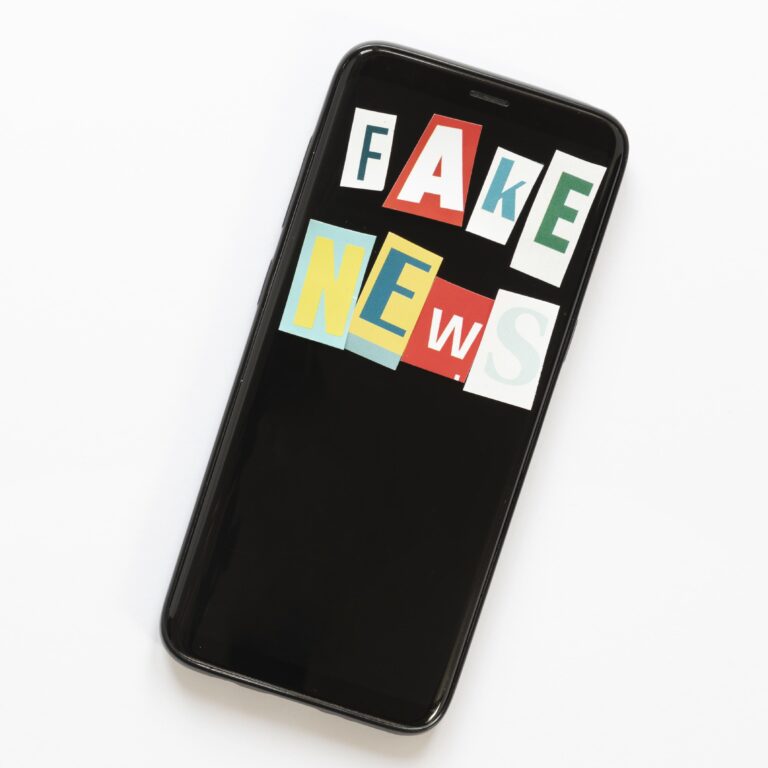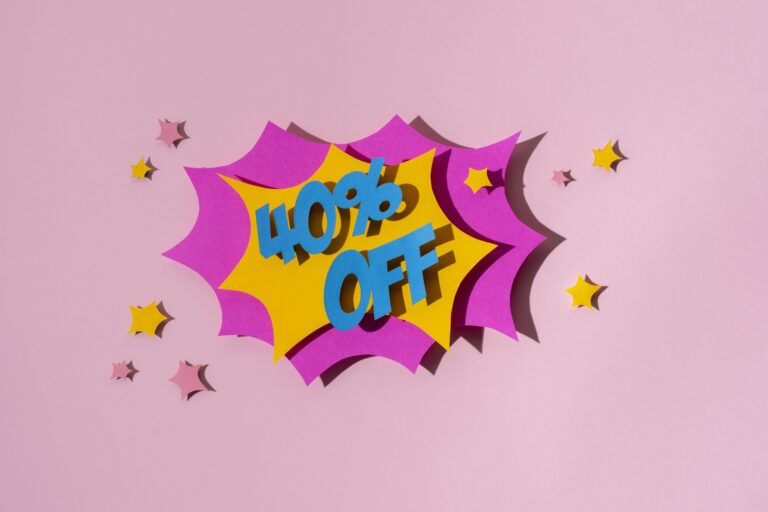How to Increase Sales in Retail by Leveraging Seasonal Trends and Events

I hope you enjoy this blog post. If you want Hello Bar to grow your leads, click here.
Author:
Mansi
Published
August 21, 2025

Table of Contents
Retail isn’t just about selling products. It’s about timing. People don’t shop the same way in June as they do in December. Their needs, moods, and priorities shift with the seasons, holidays, and events around them. If you want to figure out how to increase sales in retail, you have to ride those shifts instead of fighting them.
Think about it: the same customer who ignores winter jackets in July will happily buy one at full price in November. That’s not luck. That’s timing. Retailers who line up their sales strategy with what customers already have on their minds are the ones who win.
Here are 10 practical ways to use seasonal trends and events to actually move the needle on your sales.
1. Align Your Inventory With the Season
One of the most basic rules of how to increase sales in retail is this: sell what people actually need right now. Stocking summer sandals in December doesn’t help, no matter how nice they are.
Look at your sales data from previous years. Notice which products sold during each season. If you run a clothing store, heavier fabrics should take center stage in the colder months. If you sell groceries, think grilling items in the summer, baking supplies in the winter.
By simply shifting your inventory focus to fit the season, you’re not pushing products that feel out of place. You’re meeting customers where they already are.
2. Create Seasonal Store Displays
When customers walk in, they should immediately feel like your store “gets” the season. A dull display in December won’t grab anyone. But a front table loaded with warm colors, holiday vibes, or gift-ready bundles will.
Visual merchandising is one of the simplest answers to how to increase sales in retail. You don’t need to spend a fortune. Even small touches like seasonal signage, color schemes, or themed table setups can nudge people to think, “Oh, this is the kind of stuff I need right now.”
Think of your display as a reminder. Sometimes customers don’t even realize they want something until they see it tied to a holiday or event.
3. Use Local and Cultural Events to Your Advantage
Retail isn’t just about global holidays like Christmas or Valentine’s Day. Local events matter too. A festival in your town, a local sports season, or a regional holiday can create a spike in demand if you tap into it.
This is another overlooked angle in how to increase sales in retail. If your store is near a stadium, stock merchandise tied to game days. If your community has a cultural celebration, put together products that fit the occasion.
These smaller events may not seem like much, but they can make your store stand out as “the place that’s in tune with us.”
4. Offer Limited-Time Promotions
Scarcity works. When people know something is only available for a short time, they move faster. Seasonal promotions naturally carry that urgency because the clock is ticking.
For example, “Back-to-School Bundles” in August or “Holiday Essentials” in December create a reason to buy now instead of later.
If you’re wondering how to increase sales in retail without heavy discounts, focus on bundling or adding value instead of slashing prices. A free add-on, a gift pack, or a “buy two, get one” for a seasonal product can create urgency without hurting margins.
5. Leverage Seasonal Popups

One smart answer to how to increase sales in retail is using popups, both digital and in-store. Online, you can use popups to remind shoppers of seasonal offers, free shipping deadlines, or holiday gift guides. In-store, temporary popup counters or stands can feature seasonal products in high-traffic areas.
Popups work best when they’re simple and relevant. A summer popup promoting cold beverages near checkout works. A winter popup showcasing warm accessories at the entrance works.
The goal isn’t to annoy people. It’s to point them toward something they’re already more likely to want during that season.
6. Adjust Your Marketing Calendar
If your marketing looks the same in April and December, you’re missing a huge opportunity. Customers respond better when your messaging lines up with what’s happening in their lives.
That’s why every serious guide on how to increase sales in retail emphasizes planning your campaigns around the calendar. Send emails and run ads that tie into seasonal needs.
For instance, instead of sending a generic newsletter in September, send one about “Fall Must-Haves” or “Get Ready for Cooler Days.” People don’t want to be sold to, but they don’t mind being reminded of what’s timely and useful.
7. Train Staff to Recognize Seasonal Buying Behavior
Frontline staff see customer behavior firsthand. But too often, they aren’t trained to adapt based on the season.
Here’s a practical approach to how to increase sales in retail: give your team seasonal talking points. Teach them what’s popular right now, what bundles make sense, and how to casually suggest relevant add-ons.
For example, in summer, if a customer is buying a cooler, staff can suggest ice packs or picnic items. In December, if they’re buying gift wrap, they can suggest cards or tape. It’s not pushy if it’s genuinely useful for that season.
8. Use Seasonal Content to Drive Store Traffic
Content isn’t just for big brands. Even a small retailer can post seasonal content that nudges people toward shopping. Blog posts, quick videos, or even social posts showing “What’s Trending This Season” can make a difference.
The link to how to increase sales in retail here is simple: content builds awareness. If you remind people that it’s “Back-to-School season” or “Holiday gift shopping time,” they’ll remember to include your store in their plans.
It doesn’t have to be polished. A short video of your staff setting up a holiday display feels real and relatable.
Also read our guide on Converting Marketing Leads into Sales Leads: 7 Expert Tips
9. Prepare for Weather-Driven Spikes
Weather affects buying patterns more than people realize. A sudden heatwave will push people to buy coolers, drinks, and fans. A snowstorm will push sales of shovels, salt, and warm clothing.
If you want to nail how to increase sales in retail, monitor the weather and prepare. Don’t just rely on the calendar. Stock a buffer of items that could spike in demand when conditions change.
Even promoting weather-related products in your front window during a storm can pull in impulse buyers. Timing is everything.
10. Collect Data and Repeat What Works
Seasons come back around every year. If you keep data on what worked, you don’t start from scratch.
The smartest way to handle how to increase sales in retail is to track promotions, displays, and campaigns that worked well in each season. Did a summer drink promotion drive traffic? Did your winter bundle sell out? Note it down, refine it, and repeat it next year.
This way, seasonal sales don’t feel like guesswork. They become predictable systems you can improve over time.
Conclusion
Seasonal trends aren’t just marketing fluff. They’re real shifts in how people shop. If you pay attention and adapt your store to the season, you don’t have to wonder how to increase sales in retail. You’ll see it happen, because you’re selling in rhythm with what people already want.






